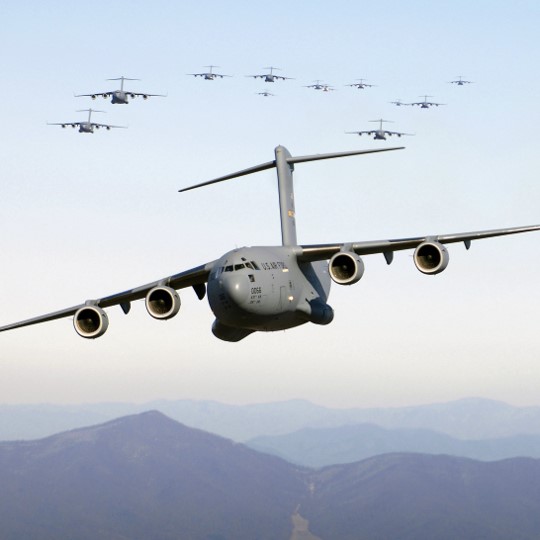Shock and Vibration resistant cameras are specially designed to withstand the most demanding environmental conditions. The basic challenge of creating such cameras is to ensure their ruggedness and durability while also maintaining high video quality. These cameras are crucial in industries such as Defense, Aerospace, and Mining where harsh environmental conditions prevail.
A camera relies on optics, a sensor, and electronic components working together to capture and process images. Shock and vibration can disrupt the system if not designed for a harsh environment which could cause the camera to malfunction or fail completely. The sudden force can damage the internal components or misalign the optics, leading to blurry or distorted images. Shock and vibration could tear apart some of the delicate wiring, or move the sensor out of place.
Vibration-resistant cameras are designed to endure vibrations that can cause component failure or removal. These vibrations can be caused by factors such as transportation, heavy machinery, and seismic activity. Cameras that are vibration resistant can deliver a high-quality result even in the most challenging environments.
Similarly, shock-resistant cameras are engineered to withstand sudden impacts and collisions that can damage or destroy traditional cameras. They often feature sturdy bodies and shock-absorbing materials that can reduce the impact of falls, impacts, and other types of collisions. Shock-resistant cameras are essential when accidents are likely to happen, such as in military missions, space flights,s and hazardous industrial environments.
The MIL-STD-810 is a military standard that outlines test methods and criteria for environmental engineering considerations. This standard is approved for use by all Departments and Agencies of the Department of Defense. KAYA’s Iron Cameras are tested per MIL-STD-810G Method 516.6, 3-axis Shock 75G, and MIL-STD-810G Method 514.6, 3-axis Vibration Category 20. These tests ensure that the cameras can withstand rigorous environmental conditions while still delivering reliable and high-quality images.





